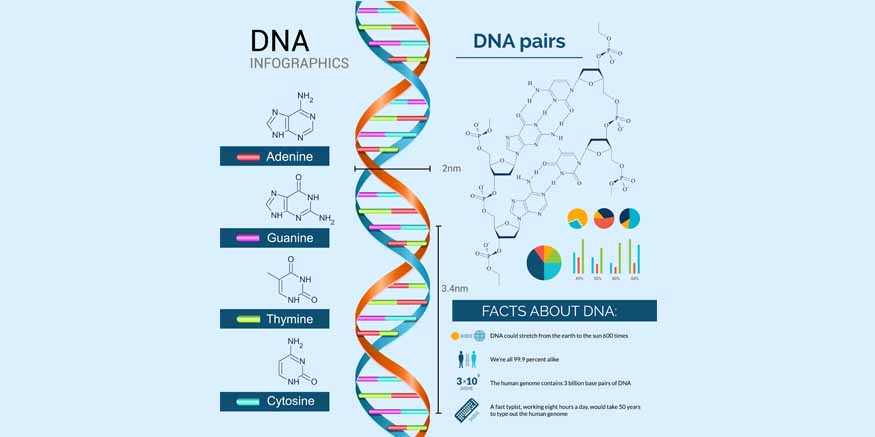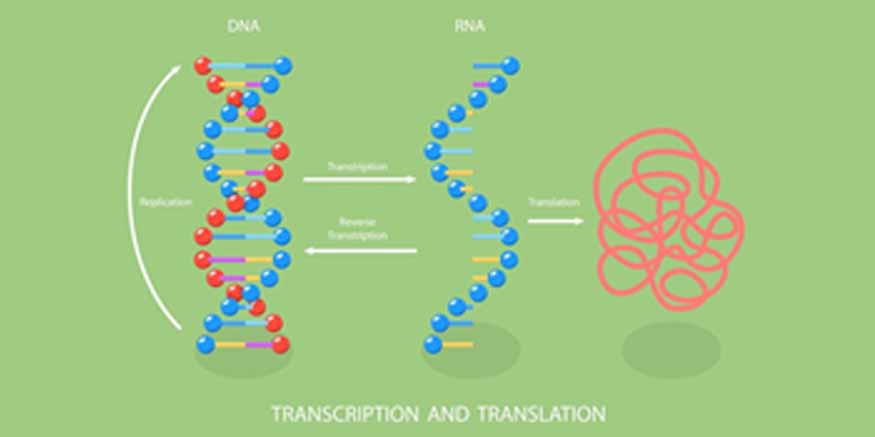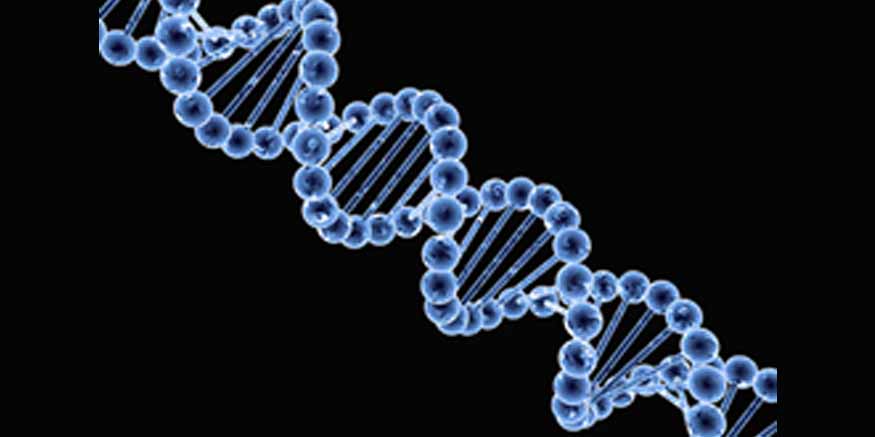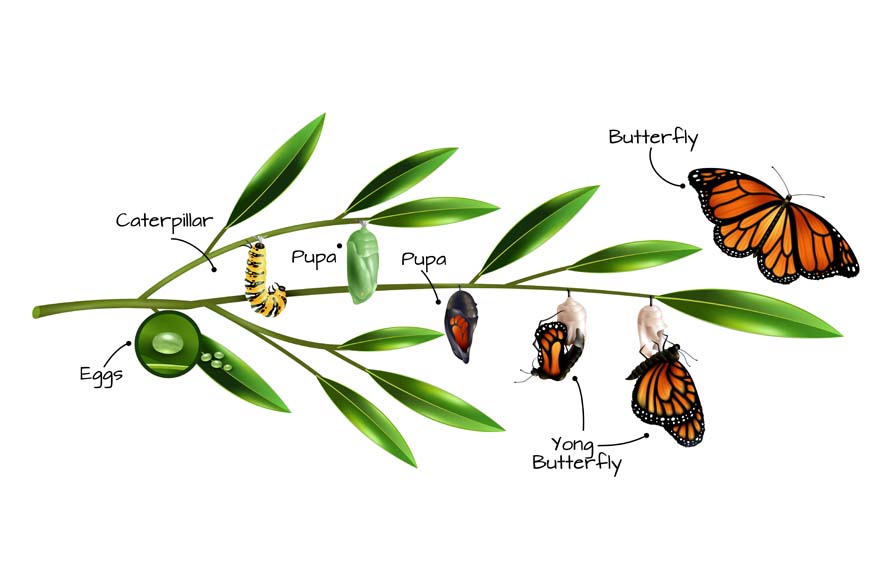Deoxyribonucleic Acid(DNA) is the instruction manual for all living things. It holds genetic information that guides how organisms grow, develop, function, and reproduce, including many viruses. Grasping the concept of DNA is crucial for comprehending biology and the complex processes that support life.
Structure of DNA
DNA is a long molecule comprising two strands that form a double helix structure. Each strand of DNA is made of smaller units called nucleotides. A nucleotide consists of three components:

- A sugar molecule (deoxyribose)
- A phosphate group
- A nitrogenous base
DNA contains four kinds of nitrogenous bases: adenine (A), thymine (T), cytosine (C), and guanine (G). Each of these bases pairs up in a specific way, where adenine always matches with thymine, and cytosine always pairs with guanine. This precise pairing is essential for the processes of DNA replication and its overall function.

Fact: If you stretch out all the DNA in a single human cell, it would be about 2 meters long. The entire DNA in your body could stretch to the sun and back several times!
Function of DNA
DNA contains the instructions for an organism to develop, survive, and reproduce. These instructions are encoded in the sequence of the nitrogenous bases. Genes contain specific sequences of bases and provide the information needed to make proteins to perform most of the functions in a cell.
Proteins are essential for every process in a living organism. They form the structural components of cells and tissues. Proteins act as enzymes to catalyse biochemical reactions and, play a role in the immune response, cell signalling, and many other biological processes.
DNA Replication
One of the most remarkable properties of DNA is its ability to replicate or make copies of itself. This process is essential for cell division, which is how organisms grow and reproduce. In this process, the double helix unwinds and, each strand becomes a template for forming a new complementary strand. The enzyme DNA polymerase plays a key role in this process, ensuring that the new DNA strand is an exact copy of the original.
Transcription and Translation
The process of turning the information stored in DNA into functional proteins involves two main steps. They are transcription and translation.
Transcription: The DNA sequence of a gene is copied into messenger RNA (mRNA) during transcription. RNA is similar to DNA but has a single strand and uses the sugar ribose instead of deoxyribose. It also uses uracil (U) instead of thymine (T).

Translation: The mRNA is then translated into a protein at the ribosome, a cellular structure that reads the mRNA sequence three bases at once. Each of these bases or codons corresponds to a specific amino acid. Transfer RNA (tRNA) molecules transport the correct amino acids to the ribosome, where they are joined together to create a protein.
Genetic Variation and Mutations
Genetic variation refers to the differences in DNA sequences among individuals in a population. This diversity is essential for the process of evolution, as it supplies the necessary material for natural selection to act upon. Genetic variation is primarily generated through mutations, which are alterations in the DNA sequence. These mutations can arise from mistakes made during DNA replication or from exposure to environmental influences such as radiation or chemicals.
Although many mutations are neutral or advantageous, some can result in genetic disorders or elevate the likelihood of certain diseases. For instance, mutations in the BRCA1 and BRCA2 genes are known to significantly heighten the risk of developing breast and ovarian cancer.
Fact: Humans share about 98.8% of their DNA with chimpanzees, highlighting our close evolutionary relationship.
DNA and Heredity
DNA is responsible for the passing of traits from parents to offspring. Each parent contributes half of their DNA to their offspring. As a result of this, children inherit physical and biological characteristics from both parents. This process ensures the continuity of genetic information across generations.
Gregor Mendel, the father of genetics, conducted experiments with pea plants in the mid-19th century that laid the groundwork for our understanding of heredity. His work showed that traits are inherited in discrete units, which we now know as genes.
Applications of DNA Technology
Advancements in DNA technology have revolutionised many fields including medicine, agriculture, and forensics. Some key applications include:
Genetic Testing: DNA tests can identify genetic disorders, determine paternity, and even provide insights into an individual’s ancestry.
Gene Therapy: This experimental technique involves modifying or replacing faulty genes to treat or prevent diseases.
Genetic Engineering: Scientists can modify the DNA of organisms to enhance desirable traits such as pest resistance in crops or increased milk production in cows.
Forensic Science: DNA profiling is a powerful tool in criminal investigations, helping to identify suspects and exonerate the innocent.
Conclusion
DNA serves as the foundation of life, containing the essential instructions that direct the growth and operation of all living entities. Its unique double helix configuration, the mechanisms of replication, and its involvement in protein synthesis are critical components of biological science. Genetic diversity and mutations play a significant role in the variety of life forms and are key drivers of evolutionary processes. Furthermore, DNA’s function in heredity guarantees the passage of genetic traits from one generation to the next.
The study of DNA has unlocked numerous opportunities in both science and medicine, leading to innovative methods for diagnosing, treating, and preventing illnesses. As we delve deeper into the complexities of DNA, we enhance our understanding and appreciation of the intricate nature of life.
For more such informative/interesting blogs, visit Center Point School.





